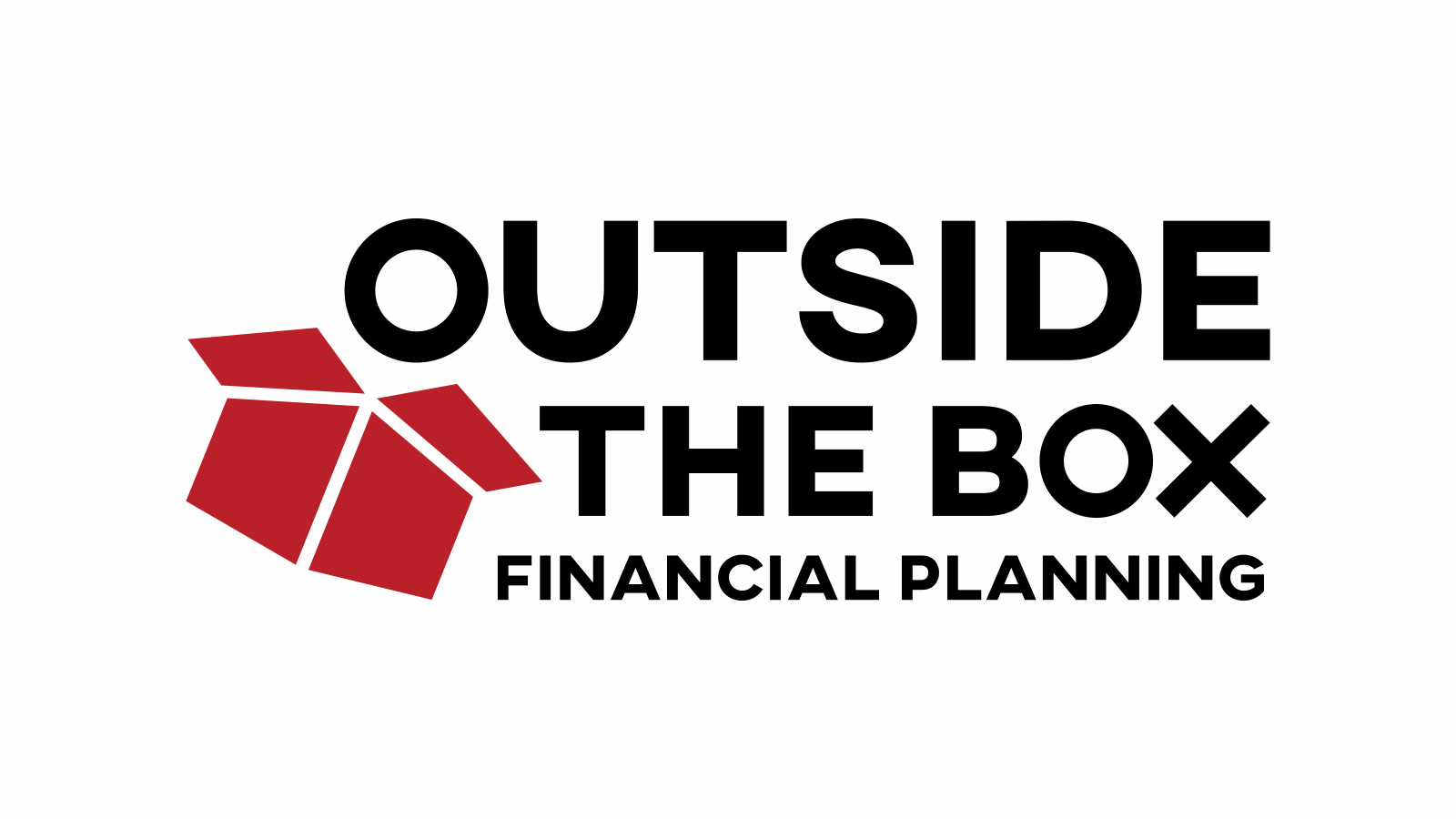According to the College Board, the most recently published figures of the average annual cost of tuition and fees at a public university for a school year was $9,139 for in-state students and $22,598 for out-of-state students. The average cost of a private university was much higher at $31,231.
Thankfully, much like tax-advantaged accounts designed to help us save for retirement, there are
tax-advantaged accounts designed to help families set aside funds for future college costs. Named after Section 529 of the Internal Revenue Code and created in 1996, there are two types of tax-advantaged college savings programs: pre-paid tuition plans and college savings plans.
The attraction of 529 college savings programs is that both provide for investment earnings to grow on a tax-deferred basis. In addition, funds used to pay for qualified education expenses may be withdrawn free of tax. Nonqualified withdrawals, on the other hand, are subject to ordinary income tax and a 10% penalty on earnings. Let’s examine the differences.
Prepaid Tuition vs. College Savings Plans
One type of 529 programs is the prepaid tuition plan, which allows you to lock in tuition rates at eligible state colleges and universities.
Most are sponsored by state governments and allow account holders to “purchase” tuition at today's rates and “redeem” the credits in the future when your child is going to college. In effect, the state is absorbing tuition increases during the years in between.
Pre-paid tuition plans allow you to pay for tuition in one payment today or through installments, but generally don’t cover expenses such as room and board. Your contributions are then pooled with other plan participants and invested by the state, then transferred to the appropriate school when your child starts college. But since the state is managing the investments, you have no investment options.
In contrast, college savings plan typically offer several investment options, at varying levels of risk, depending on how close the child is to college. Plus, college savings plans allow students to attend any accredited post-secondary school, public or private, irrespective of the state where you live or where the college is located.
In addition, although the investments are managed by a state-designated professional money manager – typically through mutual funds – and are allocated to mutual funds based on the age of your child (the beneficiary), you generally get to determine which investment is appropriate or you, based on your risk tolerance and other factors.
The investment objectives of the mutual funds are also what most people are familiar with: equity mutual funds, fixed-income mutual funds, and money market mutual funds or age-based mutual funds that shift the allocation among stocks, bonds and cash depending on the age of your child.
The following chart was copied from the Securities and Exchange Commission and outlines many of the major differences between prepaid tuition plans and college savings plans:
College Savings Plan
Prepaid Tuition Plan
No lock on college costs.
Covers all "qualified higher education expenses," including:
Tuition
Room & board
Mandatory fees
Books, computers (if required)
Many plans have contribution limits in excess of $200,000.
No state guarantee. Most investment options are subject to market risk. Your investment may make no profit or even decline in value.
No age limits. Open to adults and children.
No residency requirement. However, nonresidents may only be able to purchase some plans through financial advisers or brokers.
Enrollment open all year.
Locks in tuition prices at eligible public and private colleges and universities.
All plans cover tuition and mandatory fees only. Some plans allow you to purchase a room & board option or use excess tuition credits for other qualified expenses.
Most plans set lump sum and installment payments prior to purchase based on the age of beneficiary and number of years of college tuition purchased.
Many state plans guaranteed or backed by the state.
Most plans have age/grade limit for the beneficiary.
Most state plans require either owner or beneficiary of the plan to be a state resident.
Most plans have a limited enrollment period.
Which is Right for You?
Your own financial situation will determine whether a prepaid tuition plan or college savings plan is the preferred vehicle to help someone through college. Part of this determination includes the effect that either will have on your student’s financial aid eligibility and your own estate planning. That being said, as a financial advisor I worry about prepaid tuition plans for a few reasons:
First, there just are not that many states providing prepaid tuition plans and accepting new applications. While this list is always changing, right now I found 10 that are accepting new applicants: Florida, Illinois, Maryland, Massachusetts, Michigan, Nevada, Pennsylvania, Texas, Virginia, and Washington.
Second, I really don’t like to rely on a state to fulfill a financial guarantee, especially with shrinking state budgets.
New Mexico, for example, terminated its program altogether; Colorado is no longer open to new account holders; and Alabama froze its payouts at 2010 levels.
That doesn’t mean that college savings plans are not without flaws either. My “worry” with college savings plans are fewer, however: some college savings plans are very expensive and some don’t have great investment options from which to select. With a bit of homework, however, both of these worries are mitigated.
The Key to Saving for College
The reality is that depending on the number of children you have, saving for college will be the most expensive item you encounter, outside of saving for your retirement. So much like I counsel clients with their retirement, the key is to start early so that your savings have more time to grow. Feel free to email me at ivan@otbfinancialplanning.com if you have any questions or would like to start saving for college today. If you found this blog post helpful, subscribe below.


















